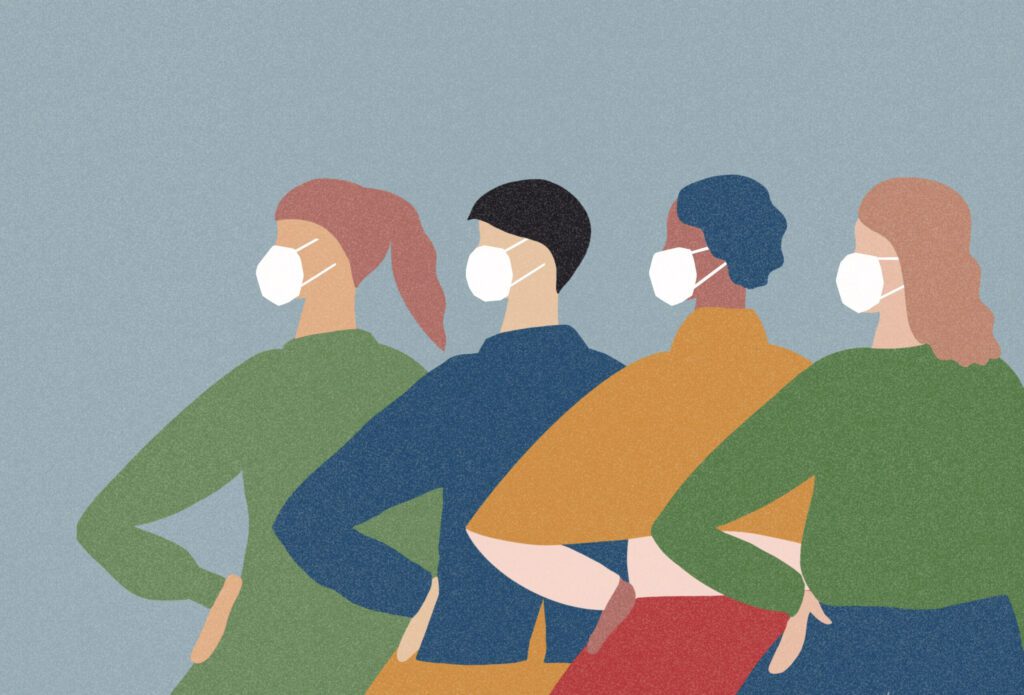Sponsored by Central Florida Health Care
by TERESA SCHIFFER
April is National Minority Health Month, a time to recognize the disparities in health care received too often by minority populations in the U.S. and to work together toward solutions for these issues. Established in 1915 by Dr. Booker T. Washington, Minority Health Month reminds us that for a healthier society as a whole, we need to ensure that everyone has access to the resources they need to be as healthy as possible.
Leigh Barberet is an APRN with Central Florida Health Care at the Dundee location. In the 20-plus years that she’s been in this position, she says she’s seen firsthand what it means to provide meaningful opportunities for health equity to underserved populations, such as the migrant community.
“When we talk about disparities in health care, I’m not sure that everyone realizes how that affects our general population,” Barberet explains.
She goes on to describe some of the serious consequences of this disparity for minority populations: “Rates of hypertension tend to be higher in Black Americans. They usually have earlier onset, and also lack treatment or suboptimal treatment, leading to higher rates of kidney disease, heart failure, and stroke. Hispanics tend to have a higher rate of diabetes and have tended to have poorer outcomes in the past. African-American women have disproportionately high rates of death from pregnancy and childbirth. These issues have been impacted, historically, by a lack of care.”
Fortunately, there are people dedicated to resolving these disparities, one patient at a time. Central Florida Health Care acts as a safety net for individuals who might otherwise fall through the cracks of the standard healthcare system and not receive adequate, quality care. The sliding scale fee for uninsured patients is based on income, so patients can receive treatment without fear of being denied care due to a lack of financial resources.
The Affordable Care Act and the Polk HealthCare Plan have been instrumental in getting many uninsured people health insurance coverage that they can truly benefit from. Central Florida Health Care has healthcare navigators on staff to help patients find plans they qualify for, making it possible for patients to then have access to specialists for additional treatment when necessary.
These navigators often go out into the community to take health care to underserved populations directly. Being proactive in providing care is one way for healthcare professionals to help tackle these issues of inequity. Another effective tactic is to team up with other organizations committed to principles of service and equality.
“We partner with Feeding Tampa Bay to address food disparities,” Barberet says. “There are what’s known as food deserts, so there is a big need for nutrition.” Feeding Tampa Bay conducts food drops at various locations throughout Central Florida to help provide nutrition to those in need.
At the municipal level, simply adding more sidewalks and expanding parks is a tangible way to improve the health of the overall population. Getting outside and moving around more is an easy way to boost practically anyone’s physical fitness.
Addressing these types of large-scale social problems can seem overwhelming at first, but it’s important to remember that this type of change is incremental and that many hands make light work.
Barberet has some words of wisdom for how we can progress on the goal of providing sufficient, quality health care for all members of our society: “We have to acknowledge that there are disparities – that’s the first step. The ACA and Polk HealthCare Plan are things that have been done in policy at a government level that have led to real change in our communities. I would hope that as people become more aware, they will vote for these issues that are important. Be aware that keeping historically underserved people healthy leads to a healthier general population and a healthier environment.”
